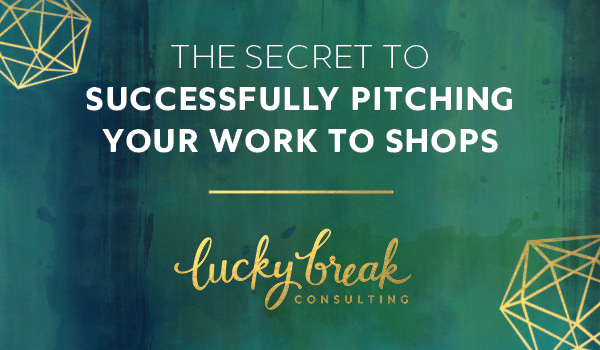
Of all the things I’m asked, I hear one query far more frequently than most others: “Pray tell, how am I supposed to get shops to notice me + feature my work?”
If I had a dollar for every time I was asked, I’d been sunning myself on a yacht in Ibiza while Adam Levine feeds me frozen grapes. Mmmmm…
*snaps back to reality*
Over the past decade, I’ve been fortunate to have my Bella Lucce brand featured in more than 1200 shops + spas worldwide. I’ve been lucky enough to teach the art of the wholesale hustle to a few hundred makers who are busy each day creating the most magical work and building their own empires. Sales don’t happen by themselves, but knowing how to present your work to shops will help ease anxiety while boosting efficacy- and that’s a recipe for success.
Make certain that you’re ready to sell wholesale before you wind up your pitch.
How do you know when you’re ready for wholesale? When you’ve checked each of these items off your “to do” list:
a) Nail down your creation process.
Make certain that you consistently create your work. That means you’ll also need to have your supply chain on lock.
b) Crunch your numbers.
Knowing your costs + profit margins is of paramount importance.
c) Refine your brand identity.
What’s the “big idea” behind your brand? What is that that you’re selling, beyond your physical product? And to whom are you selling it?
d) Define your wholesale terms.
What payment methods will you accept? What shipping options will you make available? How long will it take you to ship a wholesale order? Can wholesale buyers return product? Under what circumstances? What are your minimums?
e) Prepare your marketing materials.
You’ll need a line sheet + an order form at a minimum. These two pieces should be designed to be well-branded and succinct. Show off simple yet compelling images of your products on those line sheets, and include a clear call to action.
Do your homework.
Once you’ve identified your ideal customers, the goal becomes pursuing the types of stores where that customer shops. You’ll save yourself heaps of time and money by ensuring that there’s alignment between your product and the potential sales channel right out of the gate. Dig around a bit to ensure:
1. The products they currently sell are complementary to your products.
2. The shop’s ideal customer aligns nicely with yours.
3. The price points of products offered via this sales channel play nicely with your price points.
4. The core of your brand and your aesthetic is in harmony with theirs.
5. Your products aren’t already saturated within this geographical area.
Once you know there’s synergy, then research how they accept product submissions. That information can often be found on a retailer’s website. If you don’t see it there, give them a ring + ask. Introduce yourself (brevity is key here), tell them your company name + product category (again – be brief, be, brief, be brief) and ask how they prefer that handmade makers + designers submit product for consideration.
Retailers could ask for you to submit via a form on their website, they might provide an email address or ask that you send them a catalog/ line sheet/ sample via snail mail. This is key: do whatever they tell you. This is not the time for creativity- show that you respect their wishes and can follow directions. Buyers are busy people and they’ll appreciate your efforts.
Give it your best shot.
Find out who the buyer is (hint: for small shops, it’s typically the owner – whose name you can find on the “about” page of their website) and address them by name. Your goal? Blow them out of the water with your professionalism + level of preparation. I realize that presenting your work to a retailer that you’re doing-cartwheels-excited to work with and then having to sit back + wait to hear something is a remarkable test of patience. But if ever there was a time to channel Buddha-caliber patience, this is it.
If you haven’t heard anything after a few weeks, then it’s a wise idea to follow up and ask how you can help. And if a buyer ultimately takes a pass for now, remember to keep your chin up. When you snag a plum press mention, or launch a new product or exhibit at a big show, it’s always smart to reach out + let the buyer know. That kind of outreach will often spark interest in your line and, if it doesn’t, there are plenty of fish in the sea. Take a deep breath, rebait the hook, cast the line and keep working it until you land the shops you seek!
Do you have a pitch strategy that’s proved successful? If so, I’d love to hear about it in the comments!
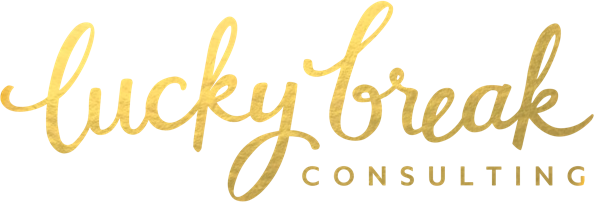
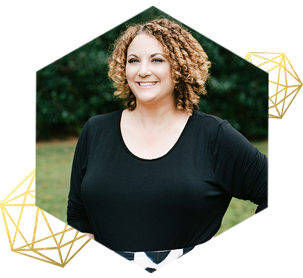
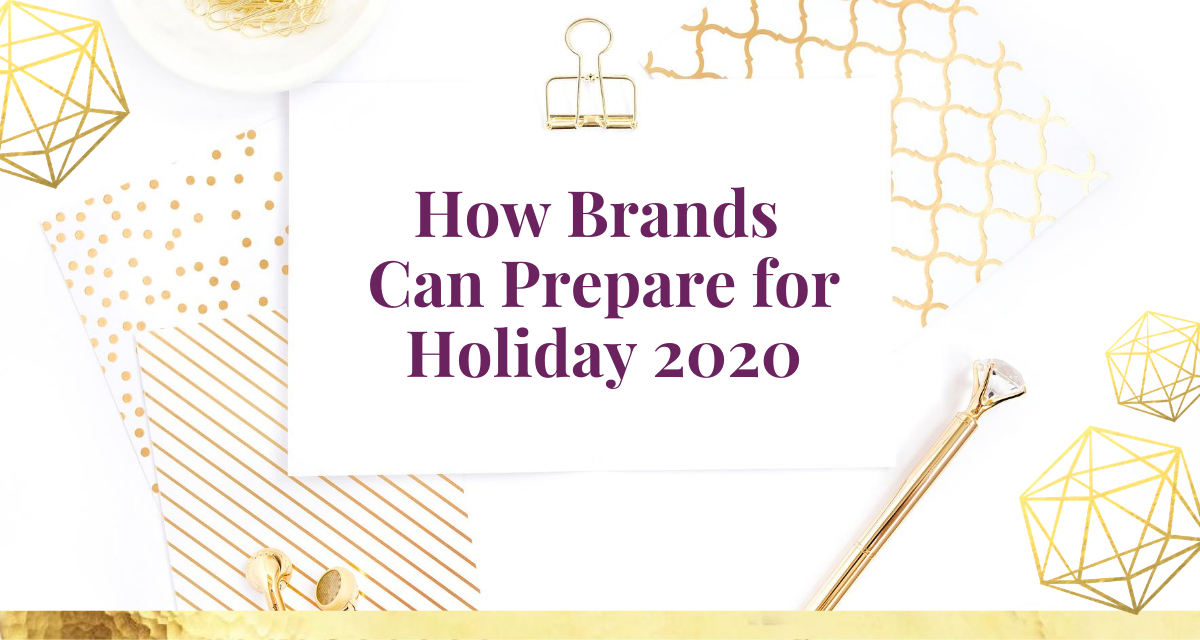

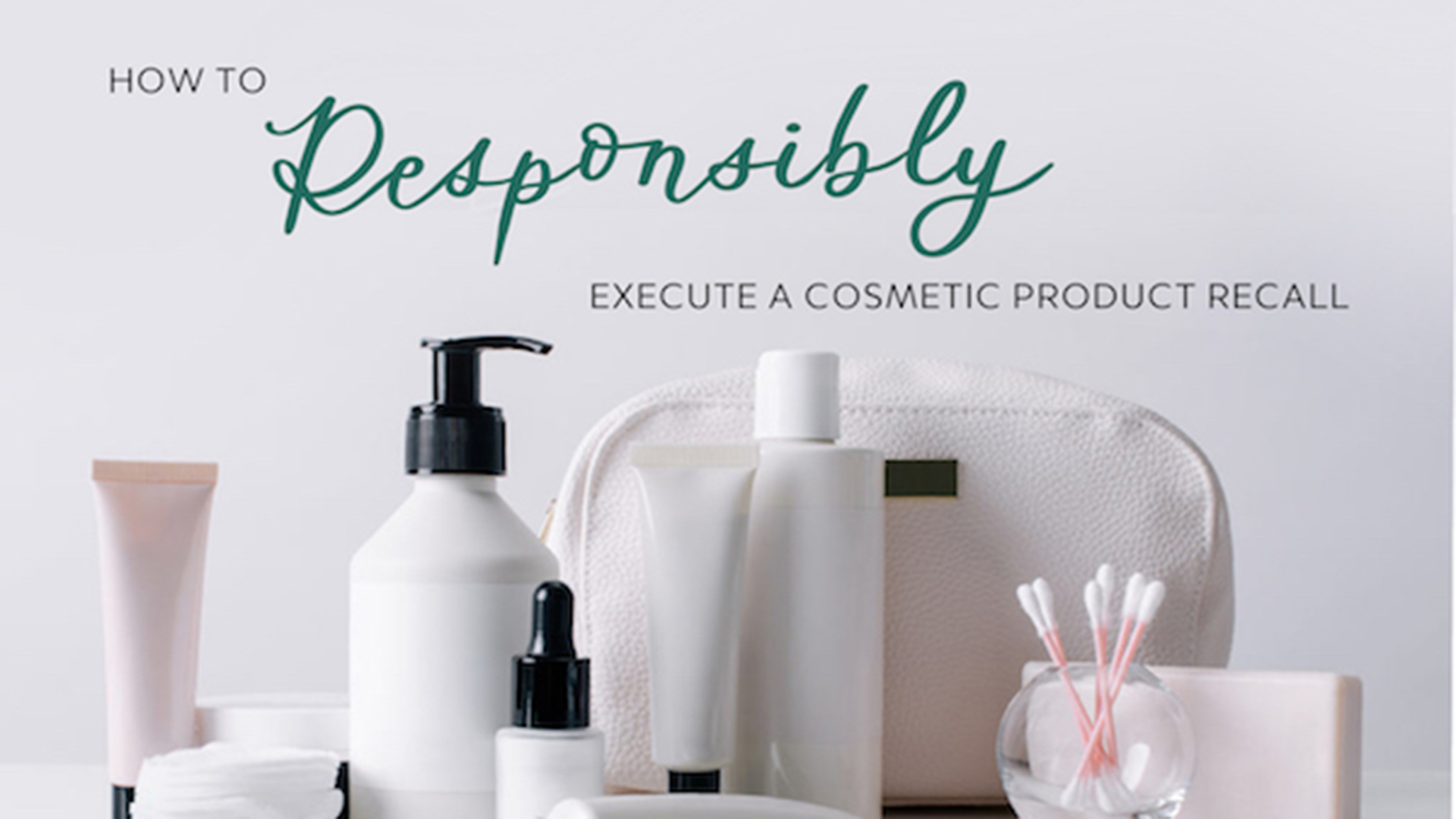
Great info! Thank you! How would you suggest contacting a shop/buyer who said “no” to tell them about the “plum you snagged”?
Also, if info on how to submit products is not available on the website, do you think a call is better than a letter? Or should you use both? If so which one do you recommend using first?
Thank you!
Klara
Really helpful! I have a question about samples, though. Say you do get an appointment — would it be considered strange to bring a smaller version of your product (smaller/less complete than what you actually sell) or even no product at all, and just bring marketing material?
I’m in the process of building a custom gift box program and primarily want to pitch to local businesses who routinely give gift baskets/boxes to their clients (i.e. luxury car dealerships, custom home builders, etc.)…..but if I brought an at-cost full “sample” (i.e. a typical custom gift box) to each pitch meeting, I’d be out $50-60 for every single meeting, which may or may not ever yield a dime in ROI….
Logically it seems like a no-brainer to me, but for a new/small biz, spending $60 on every single pitch meeting feels beyond what I can afford here at the beginning of my path, so I’m trying to see if there are alternatives.
I have read your info on the secret to successfully pitch, which was very awesome. However, I do have another question that i think you didnt cover. My questions is. How does one pitch a concept of a proto to a company when the proto type has not been made.